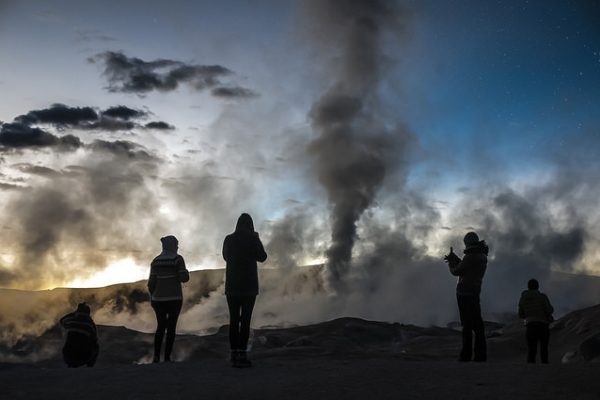How to Develop Multi-Step Time Series Forecasting Models for Air Pollution

Last Updated on August 28, 2020
Real-world time series forecasting is challenging for a whole host of reasons not limited to problem features such as having multiple input variables, the requirement to predict multiple time steps, and the need to perform the same type of prediction for multiple physical sites.
The EMC Data Science Global Hackathon dataset, or the ‘Air Quality Prediction’ dataset for short, describes weather conditions at multiple sites and requires a prediction of air quality measurements over the subsequent three days.
Before diving into sophisticated machine learning and deep learning methods for time series forecasting, it is important to find the limits of classical methods, such as developing autoregressive models using the AR or ARIMA method.
In this tutorial, you will discover how to develop autoregressive models for multi-step time series forecasting for a multivariate air pollution time series.
After completing this tutorial, you will know:
- How to analyze and impute missing values for time series data.
- How to develop and evaluate an autoregressive model for multi-step time series forecasting.
- How to improve an autoregressive model using alternate data imputation methods.
Kick-start your project with my new book Deep Learning for Time Series Forecasting,
To finish reading, please visit source site